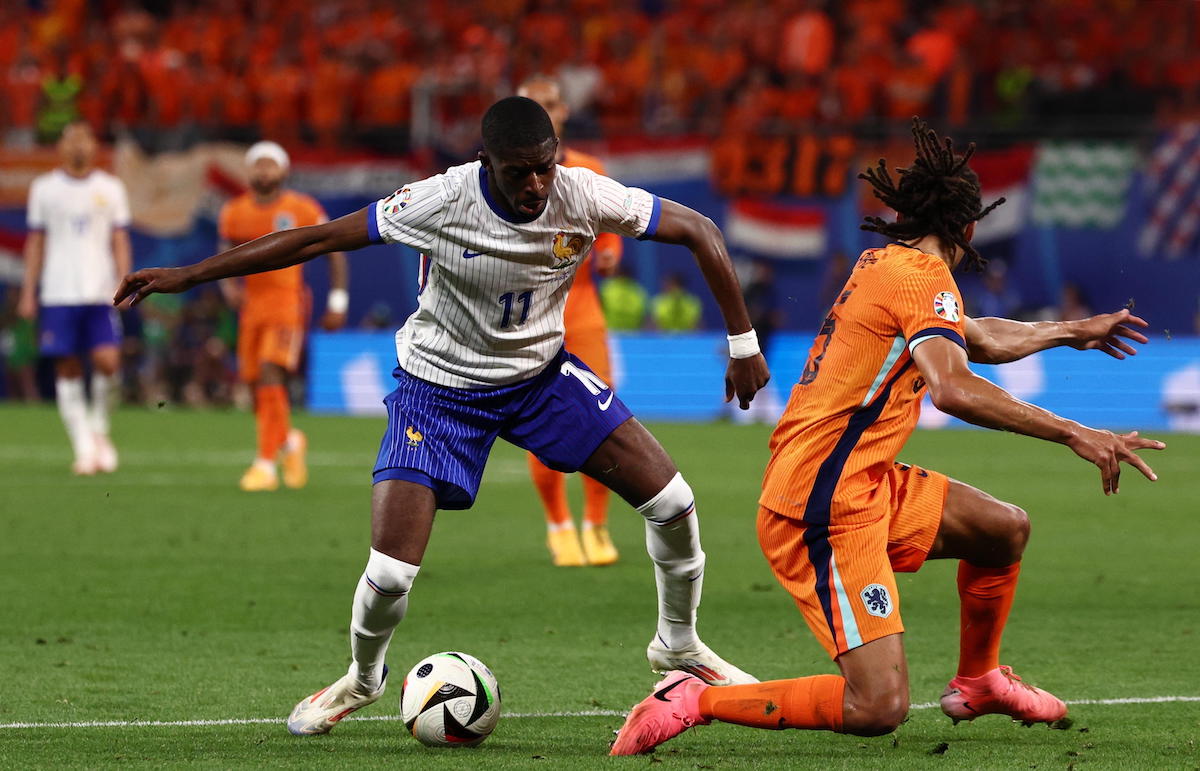In Paris occupied by the Nazis, there are those who resist and those who ally. For his own gain or by constraint. The rivalry between Christian Dior and Coco Chanel, two French fashion icons, is at the center of the new mini-series The new look from Apple TV. A story of competition, born against the backdrop of the Second World War, which merges with the birth ofhigh fashion Parisian. The show – ten episodes from Todd A. Kessler – tells the story of the rise of the visionary Dior, who in the post-war period would become one of the most important dressmaker. But it also tells of the antagonism with the world's most famous designer Gabrielle Bonheur Chanel, aka Coco Chanel, accused by many of having relations with the Nazis. Over the last twenty years, documentaries, reports, books, including Sleep with the enemy, a 2011 biography by historian Hal Vaughan, documents the French designer's involvement in the Third Reich. During the Second World War, Chanel led – according to various reconstructions made from documents recovered from French, German, English and American archives – espionage missions on behalf of Nazi Germany. But let's go in order.
“There is another truth that lives behind us”
In 1955, Christian Dior – played in Ben Mendelsohn's television series – was an exceptional lecturer at the Sorbonne, France's most famous university. During the event, a student asked her what it felt like to have made clothes for Nazi brides during World War II. All this to the detriment of Coco Chanel, who was forced to close hers shops. This is how the story begins: go back until the 1940s, with a reality much more complicated than it seems. “There is a truth, but there is another truth hidden behind it,” the stylist responds to the student. In 1924, Dior joined the Lucien Lelong couture workshop where, with Pierre Balmain, they became the main designers of dresses for the wives of Nazi officers. But the money earned for each dress designed will end up in the coffers of the Resistance. Particularly in the pockets of his sister Catherine Dior, today considered the heroine of Resistance.
Coco Chanel and her links to Nazism
Different situation for Chanel, played in the series by Juliette Binoche. The designer repeatedly states that she despises her collaborators but is accused of having significant links with the Nazi authorities. At the start of the war, the dressmaker closes all its stores except one: the perfumery on rue Cambon. With the Nazi invasion of Paris, Chanel moved into the Ritz Hotel – then the headquarters of the German Air Force, frequented by Nazi leaders such as Goering and Goebbels – where she met the Baron Hans Günther von Dincklage, known as Spatz, with whom he comes into contact. Dincklag introduces Chanel to the German agent Louis de Vaufreland, who promises her the release of her nephew André, imprisoned in Germany. In 1940, at the age of 57, Chanel – we read in historian Vaughan's reconstruction – was also recruited by the Abwehr, the German military secret service. From then on it became Westminster, named after one of her many lovers, the Duke of Westminster.
Finally followed by the meeting with the head of the German secret service Schellenberg (convicted in Nuremberg, released for health reasons), an operation called “Modellhut” with which Chanel was supposed to report to Churchill the intentions of certain important representatives of the SS and the property rights claimed over the company Chanel perfumes (from the iconic Chanel No. 5 perfume) because she was “Aryan” compared to her Jewish partners, the brothers Pierre and Paul Wertheimer. In 1944, he fled to Lausanne, Switzerland, to avoid accusations of collaboration. Questioned by a British intelligence official about her relationship with Dincklage, she was acquitted of the charges against her thanks to the intervention of Prime Minister (and friend) Winston Churchill. Despite evidence gathered over the years showing his involvement with Nazi officials, in late September last year – at a new Chanel exhibition in London – some documents were made public showing that the designer was also a representative of the French Resistance.
Post-war and the rise of Dior
In the years when Chanel was absent from the fashion scene, Dior appeared on the catwalks with its extravagant proposals. He presented his first collection in 1947 at number 30 avenue Montaigne in Paris: padded hips, narrow waist, tulle. “A new look,” defines Carmel Snow, former director of the American edition of Harper's Bazaar. The title of the series is in fact a tribute to Dior's first spring/summer collection, writes the Guardian, went down in history under the name New look. The serial product traces the crucial moment of the 20th century when Paris relaunched the world of Haute Couture through the rise of Dior, the world – in crisis – of Chanel and the creations of other protagonists of the Parisian scene. For director Todd A. Kessler that of Sir Dior “is a story that has yet to be told. For the designer, it was good to dream again, and I was inspired by the fact that he did it through creation.” And so creation becomes survival. Or rebirth, it depends where you look.

